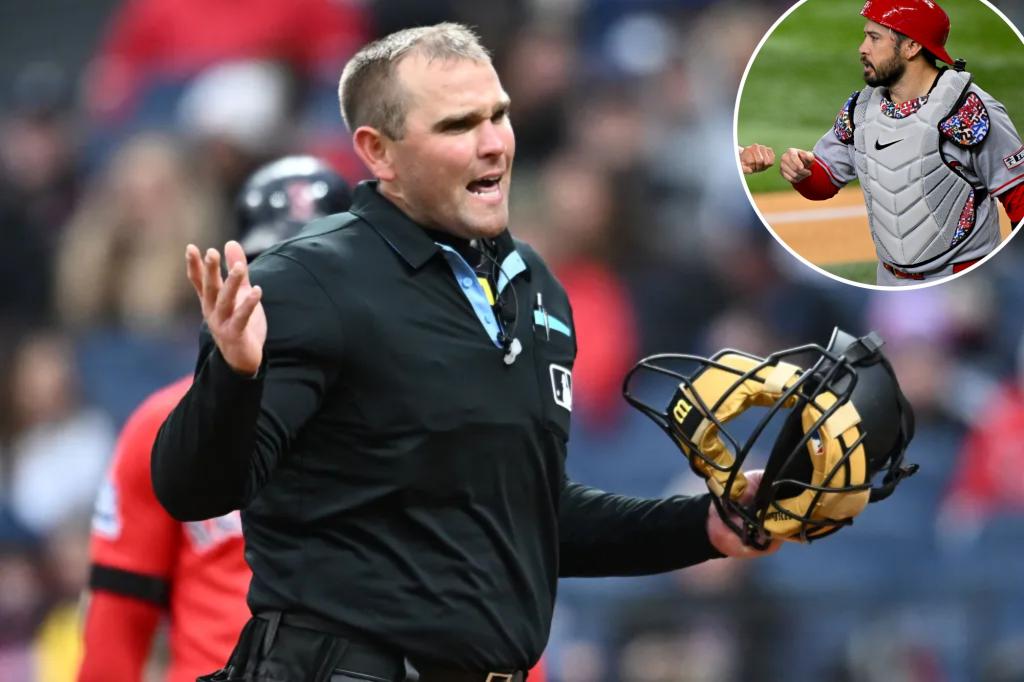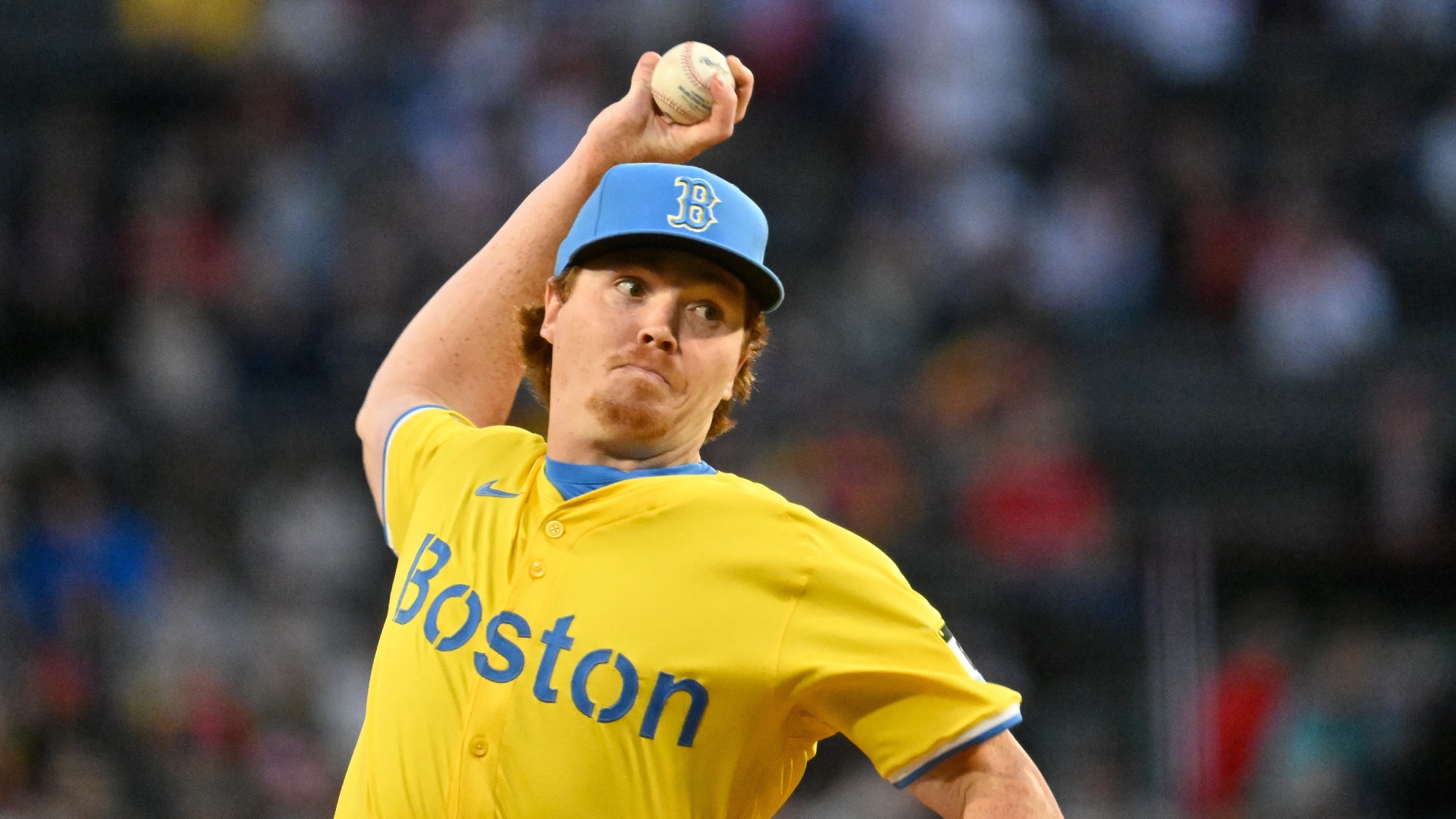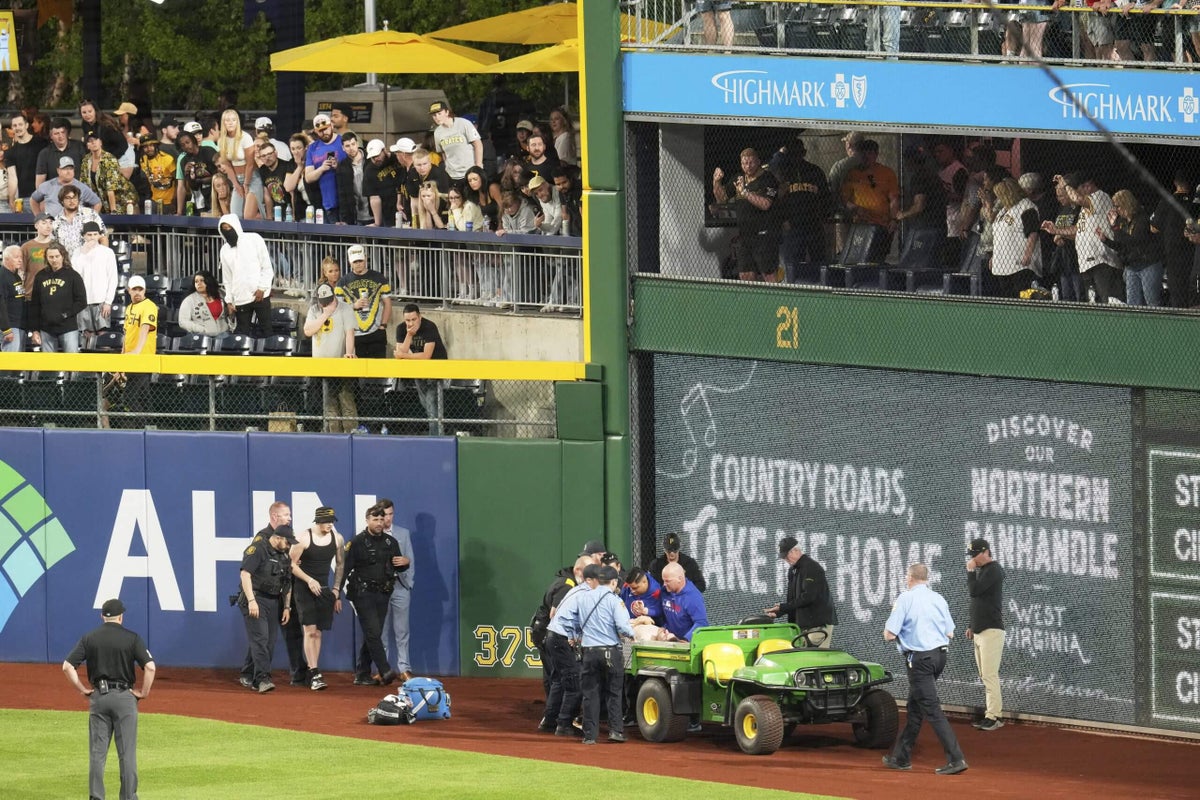If you think your team’s pitchers have been getting less strike calls on pitches just off the plate, you might not be crazy.
According to The Athletic, MLB changed how its home plate umpires are evaluated on their calls of balls and strikes.
MLB’s change? Shrinking the strike zone.
Home-plate umpires have long been judged with a two-inch “buffer zone,” which essentially gave them that much leeway when it came to being judged on their correct or incorrect calls.
The buffer zone has now shrunk to ¾ of an inch — effectively pushing umpires to call their zones tighter.
“The rulebook strike zone has not changed and we have not instructed umpires to call a different strike zone,” an MLB official said, according to The Athletic.
“In response to consistent player and club desire to have umpires evaluated more closely to the rulebook strike zone, we agreed with the MLB Umpires Association in their new CBA to reduce the size of the ‘buffer’ around the border of the strike zone, which essentially protects an umpire from being graded ‘incorrect’ on extremely close misses.”
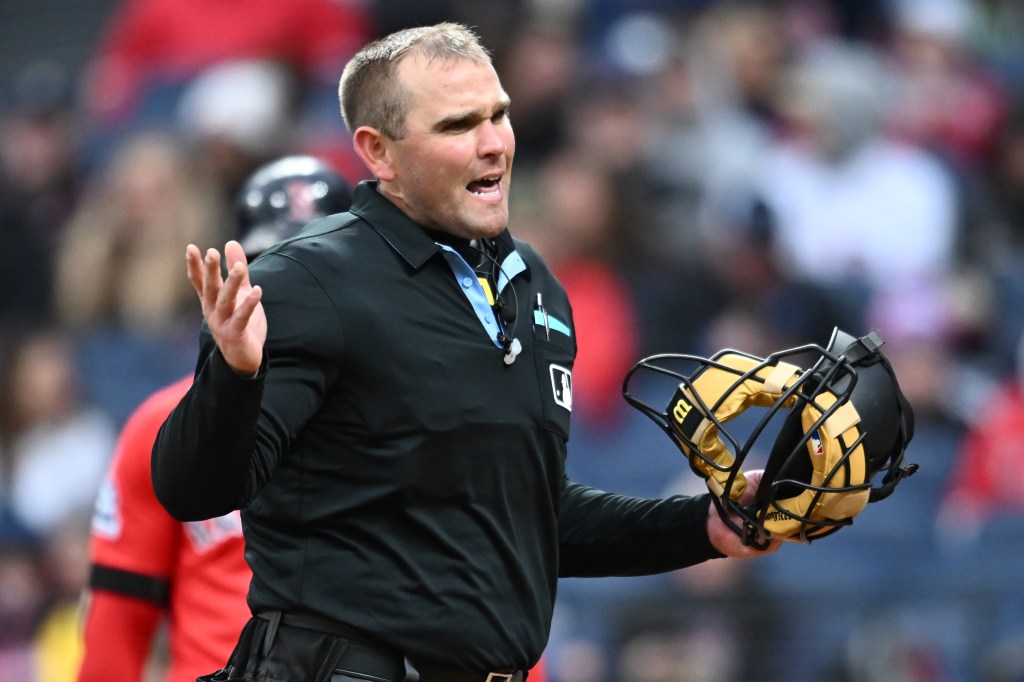
The effects are somewhat being seen, as the overall correct-call percentage through the start of this season is at 88.2 percent — the most accurate since Statcast began tracking pitches 10 years ago.
Albeit, the percentage is just a few ticks above most other recent years.
“We pulled the numbers of strikes that were called balls in the first week of the season, this year versus last year,” Angels catcher Travis d’Arnaud said. “Last year, there were like 300 or so. This year, (we found) like 550 at the same point in time, with strikes that are called balls.”
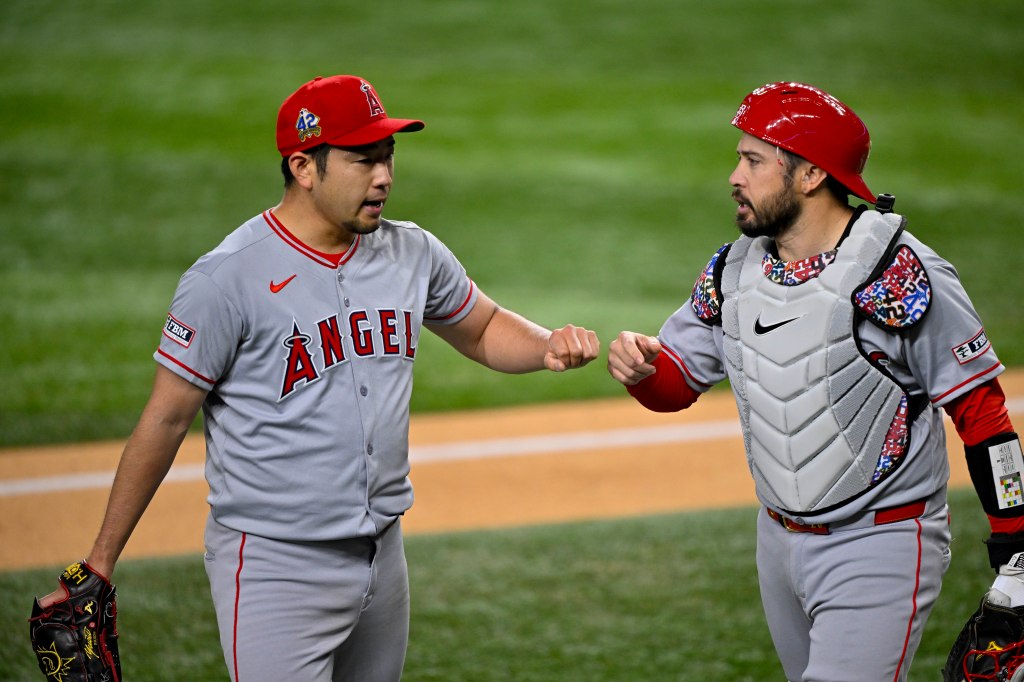
While players, coaches, executives and analysts haven’t had any major complaints about the change itself, it did catch them off guard.
“What do you think of the new strike zone?” an umpire asked one catcher, to which he answered the question with another of his own: “What new strike zone?”
More than two dozen managers, front-office executives and sources with ties to the players’ union said they had no recollection of MLB alerting them of the change.
And despite the league’s claims, sources tied to the player union “dispute the notion that the league briefed them on the buffer zone changes before the season.”
While frustrated, no sources told the outlet that they felt they were intentionally uninformed, but rather would’ve simply liked to know about it so they could have an approach to the advantages and disadvantages of it going into the season — as a rule change so marginal can affect how pitchers pitch, hitters hit and coaches coach.
After all, baseball is a game of inches.
